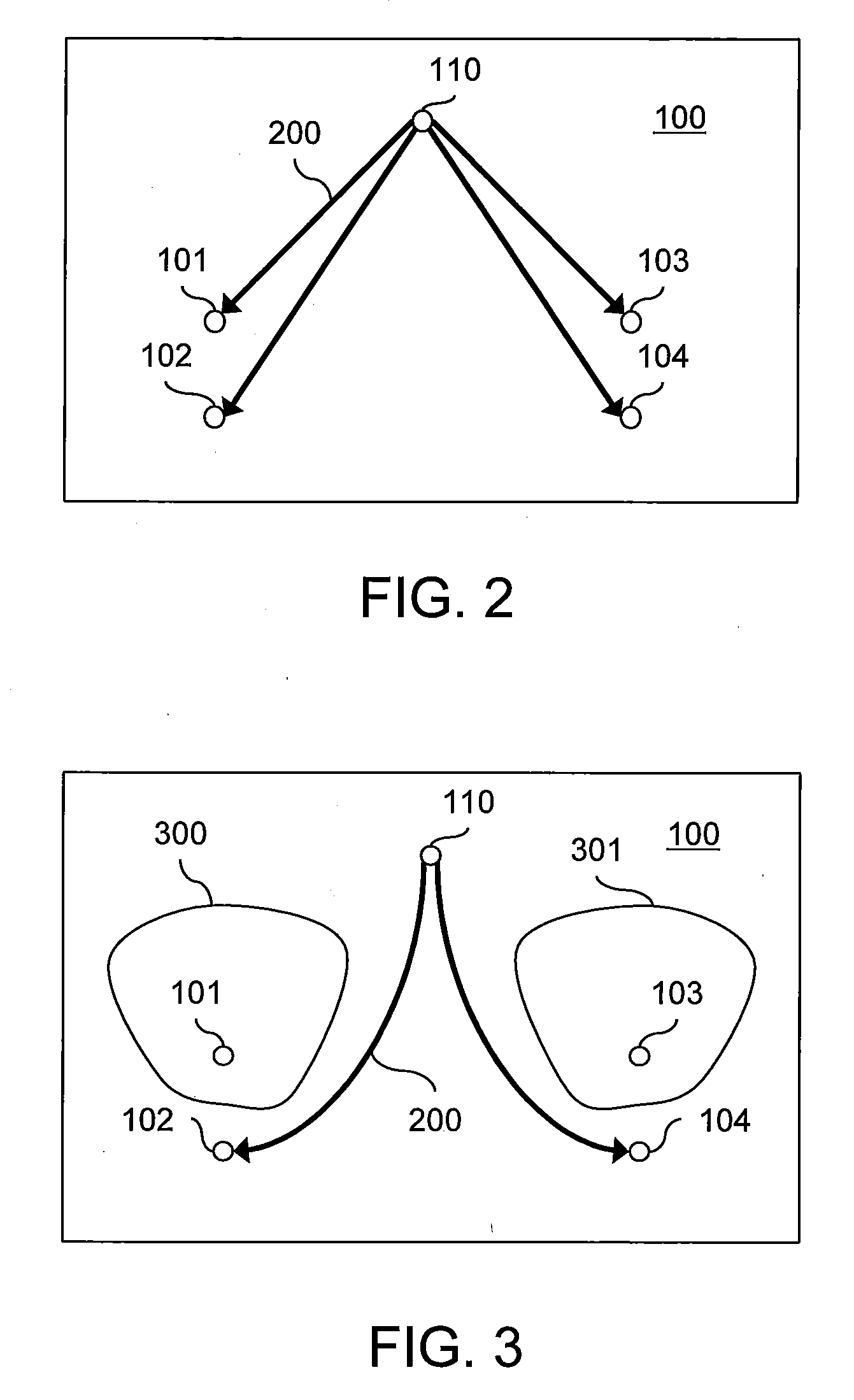In situ heating for reservoir chamber development
a technology for reservoir chambers and reservoirs, applied in the direction of fluid removal, earth-moving drilling, wellbore/well accessories, etc., can solve the problems of preventing the achievement of performance levels as high, affecting the development of reservoir chambers, and reducing the percentage of oil recovered from the area located between two adjacent steam chambers , to achieve the effect of facilitating lateral development of steam chambers
- Summary
- Abstract
- Description
- Claims
- Application Information
AI Technical Summary
Benefits of technology
Problems solved by technology
Method used
Image
Examples
Embodiment Construction
[0017]Embodiments of the invention relate to systems and methods to recover oil from a formation. In operation, a steam chamber develops as a result of steam injection into the formation and the recovery of fluids including the oil through a production well. An auxiliary well spaced in a lateral direction from the production well helps ensure development of the steam chamber as desired. The auxiliary well may enable heating of the formation through establishing an electric potential between the auxiliary well and the production well or by resistive heating of material forming the auxiliary well. Further, the auxiliary well may provide a flow path for solvent or gas injection to facilitate the recovery through the production well.
[0018]FIG. 1 illustrates a formation 100 that includes a first injector 101 arranged to pair with a first producer 102 and a second injector 103 paired with a second producer 104. Each of the injectors and producers 101-104 include horizontal borehole length...
PUM
 Login to View More
Login to View More Abstract
Description
Claims
Application Information
 Login to View More
Login to View More - R&D Engineer
- R&D Manager
- IP Professional
- Industry Leading Data Capabilities
- Powerful AI technology
- Patent DNA Extraction
Browse by: Latest US Patents, China's latest patents, Technical Efficacy Thesaurus, Application Domain, Technology Topic, Popular Technical Reports.
© 2024 PatSnap. All rights reserved.Legal|Privacy policy|Modern Slavery Act Transparency Statement|Sitemap|About US| Contact US: help@patsnap.com










